Peking Roast Duck
Peking duck, also known as Peking Roasted Duck or Beijing Kaoya, is a dish of great antiquity from Beijing that can trace back to the imperial era. Nowadays, Peking Duck had become one of the specialties of the capital and a national symbol of China, favored by tourists and diplomats alike. For instance, Henry Kissinger, the former Secretary of State of the United States, came to savor this cate, during his two visits to China in 1971 and in 1976. It has also been a favorite delicacy for various political leaders ranging from Cuban Fidel Castro to former German chancellor Helmut Kohl.
The delicacy is characterized by its crisp skin shining date-red in color and tender texture, with authentic versions serving mostly the skin and little meat, sliced in front of the diners by the cook. The hot Peking Roast Duck will be brought to the dining table by the chef where he will slice it into more than 100 thin flakes, each having its piece of crispy skin. The meat is often eaten with spring onion, cucumber and sweet bean sauce with pancake rolled around the fillings. Sometimes pickled radish is also inside, and other sauces can be used. The remaining duck with meat and bones can be cooked in three ways. The traditional way is to be cooked into a broth. The meat together with bones can also be stir-fried with sweet bean sauce, or rapidly sautéed and served with salt and Sichuan pepper.
Besides the traditional one, many restaurants offer an All Duck Banquet - various dishes cooked with the offal and juices of the duck, surrounding the main dish. It will be sure to give you satisfaction and enjoyment when dining.
Duck has been roasted in China since the Southern and Northern Dynasties(386-589). Up until the Southern Song Dynasty (1127-1279), ducks were roasted in the area around Jinling (ancient name for Nanjing). A variation of roast duck was prepared for the Emperor of China in the Yuan dynasty(1271-1368). The Peking Roast Duck that came to be associated with the term was fully developed during the later Ming dynasty when the rulers moved their capital city to Beijing from Jinling and by then, Peking Duck was one of the main dishes on imperial court menus and was highly regarded by emperors and other members of the ruling classes. By the Qianlong Period (1736–1796) of the Qing dynasty, the popularity of Peking Duck spread to the upper classes. The first restaurant specializing in Peking Duck, Bianyifang, was established in the Xianyukou, close to Qianmen of Beijing in 1416.
Preparation
Raising the duck
Newborn ducks are raised specially in a free range environment for the first 45 days of their lives, and force fed 4 times a day for the next 15–20 days, resulting in ducks that weigh 5–7 kg. The force-feeding of the ducks led to an alternate name for the animal, Peking Stuffed Duck.
Seasoning the duck
A suitable fattened White Beijing Ducks are slaughtered, plucked, eviscerated and rinsed thoroughly with water. Air is pumped under the skin through the neck cavity to separate the skin from the fat. The duck is then plunged in boiling water for 1 to 5 minutes, then hung to dry. This will tighten the skin and help the duck to achieve its traditional crispy texture. The duck is then glazed with a layer of potentially spiced and flavored maltose syrup. A marinade of traditional flavorings, including soy sauce and five-spice powder, and more maltose, is then applied inside the body cavity. This will flavor the duck during the next step. The duck is then left to dry for between 24 hours and several days in a cool, dry place, which allows the skin to crisp while roasting.
Roasting the duck
Hitherto, there are two traditional schools of cuisine for the duck cooking, namely closed oven and hung oven.
Closed-oven style
Peking duck is originally roasted in a conventional closed oven, allowing the meat to be slowly cooked through the convection of heat within the oven. Controlling the fuel and the temperature is the main skill. In closed-oven style, duck meat is combined well with the fat under the skin, and therefore is juicy and tender.
Hung-oven style
The hung oven, also known as open oven, was developed in the imperial kitchens during the Qing Dynasty. It is designed to roast up to 20 ducks at the same time with an open fire fueled by fruit hardwood from peach or pear trees. The ducks are hung on hooks above the fire and roasted at a temperature of 270 °C (525 °F) for 30–40 minutes. While the ducks are roasting, the chef may use a pole to dangle each duck closer to the fire for 30-second intervals. By the means of hung oven, the fat is usually melted during the cooking process, so the skin is more crispy.
The initial technique has been perpetuated by very few restaurants among which the household name Bianyi Fang is the representative. The second method is relatively well-known and used with great success by the notable Quan Ju De Restaurant, first established in 1864, which won the China Renowned Trademark as well.
/uploads/main/litimg/20150820/20150820165034.jpg /uploads/main/litimg/2019-03-22/5c9498d6dc4c7.jpg,/uploads/main/litimg/2019-03-22/5c9498d6dd7da.jpg,/uploads/main/litimg/2019-03-22/5c9498d6deebd.jpg,/uploads/main/litimg/2019-03-22/5c9498d6e01d0.jpg,/uploads/main/litimg/2019-03-22/5c9498d6e14e3.jpg,/uploads/main/litimg/2019-03-22/5c9498d6e2f97.jpg 55,48,40,38,35,35,35,35,35,30.png)
.png)






.png)
.png)






.png)
.png)
.png)
.png)
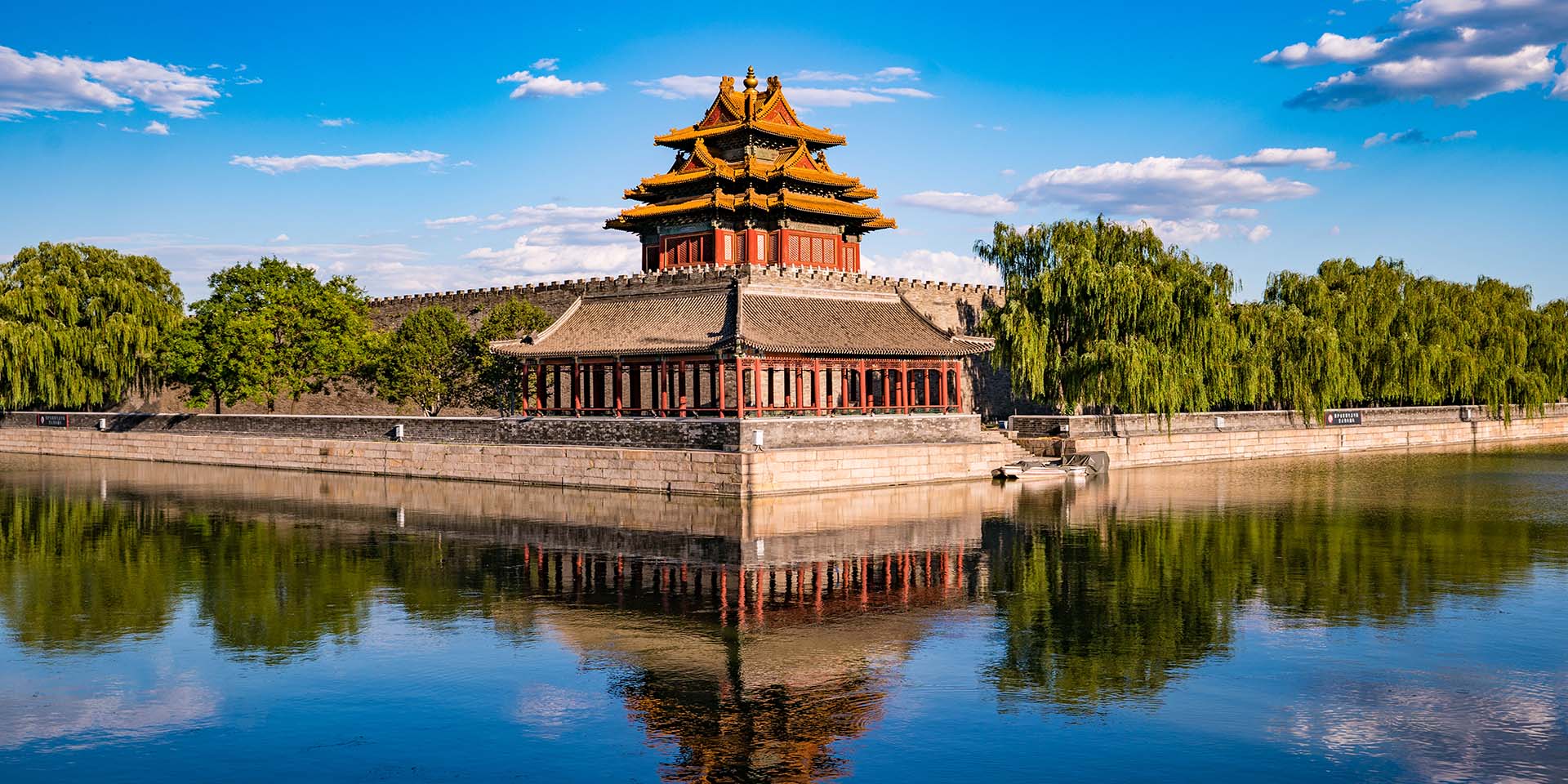
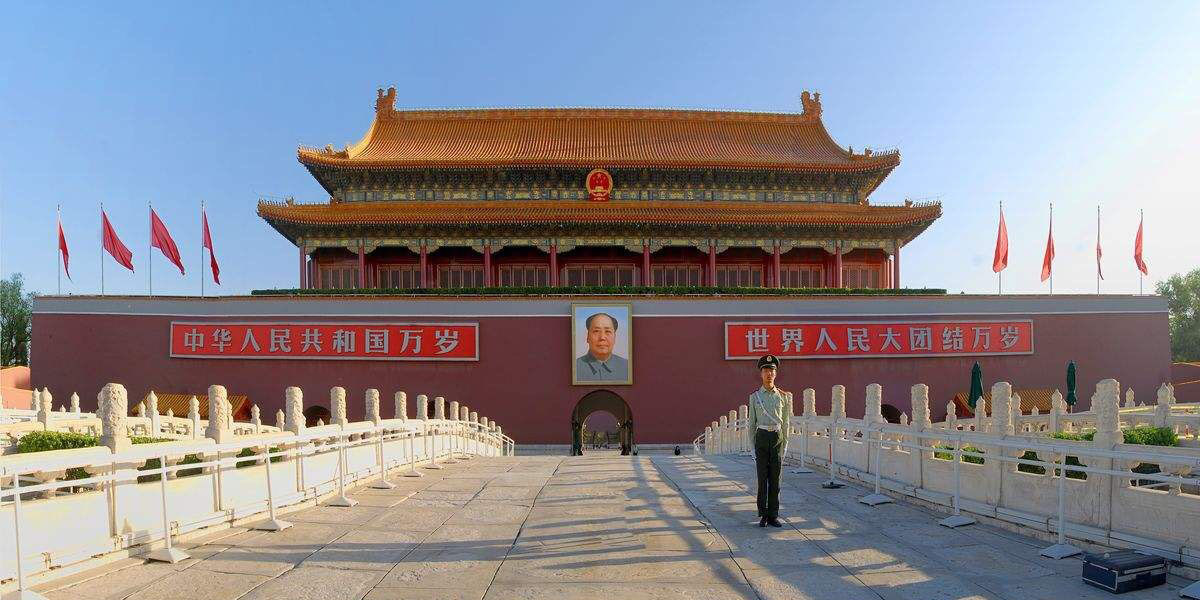
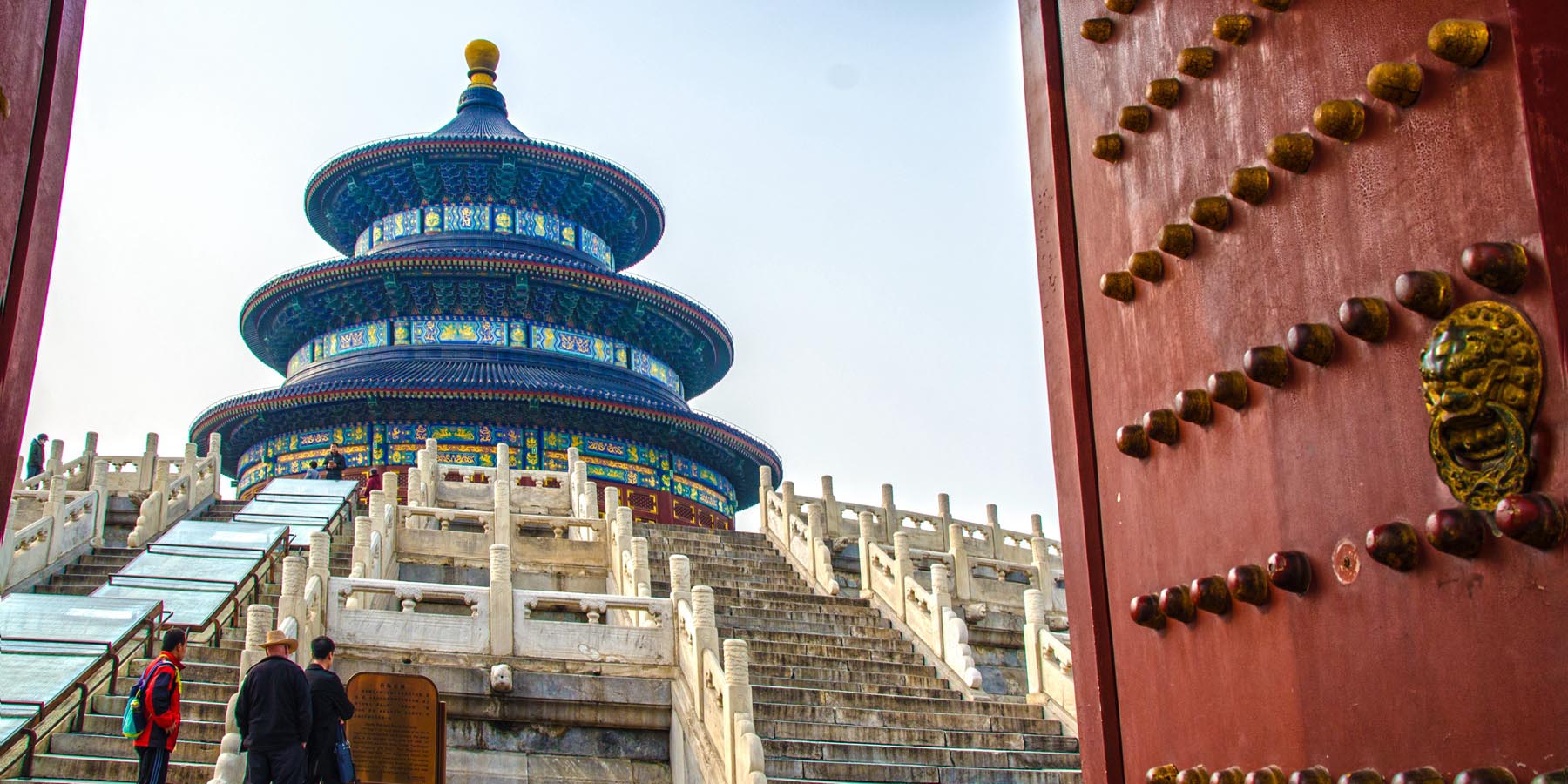
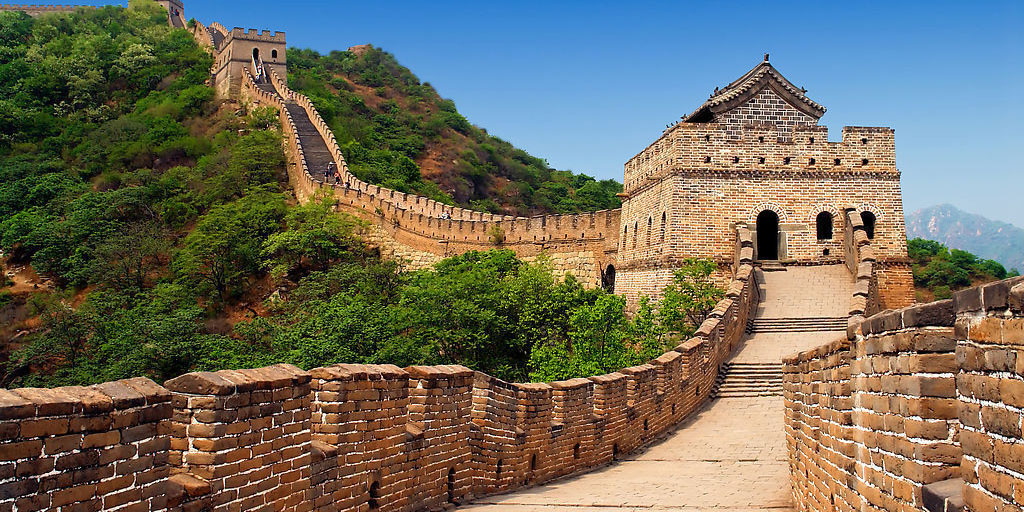
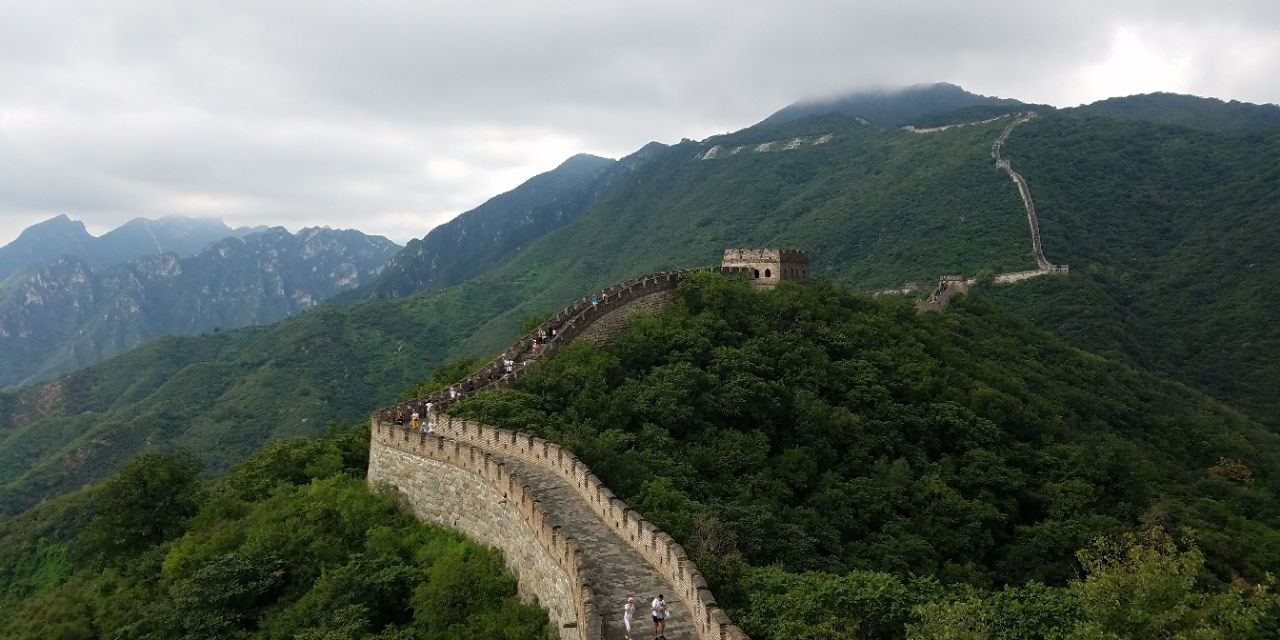






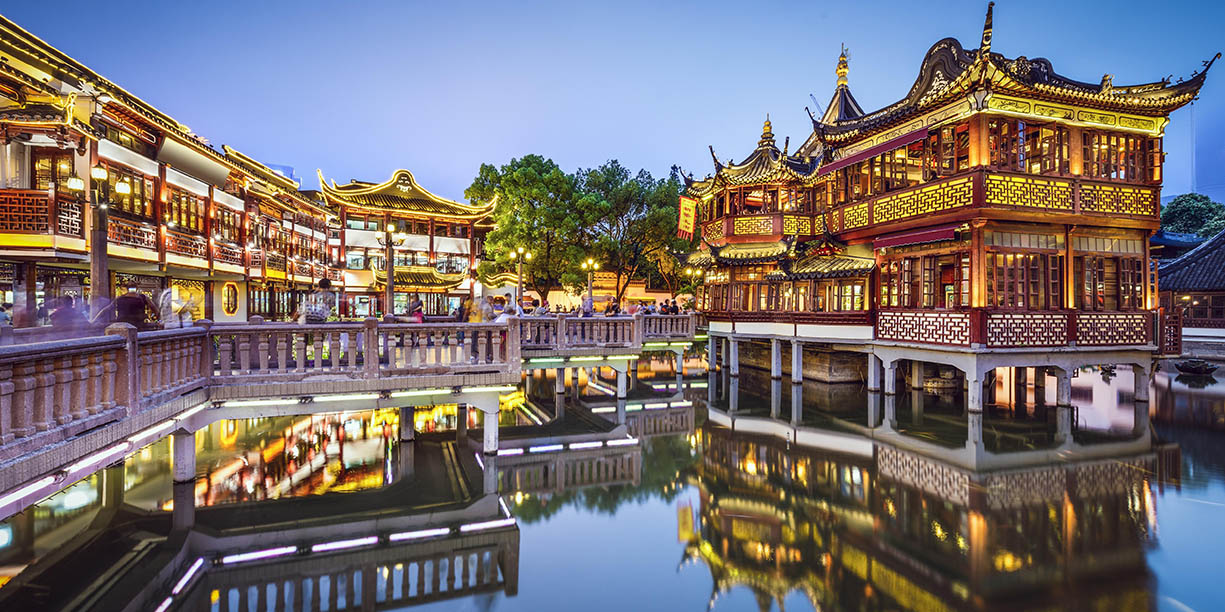

.png)



.png)
.png)









.png)
.png)
.png)
.png)
.png)
.png)
.png)
.png)



.png)
.png)
.png)







